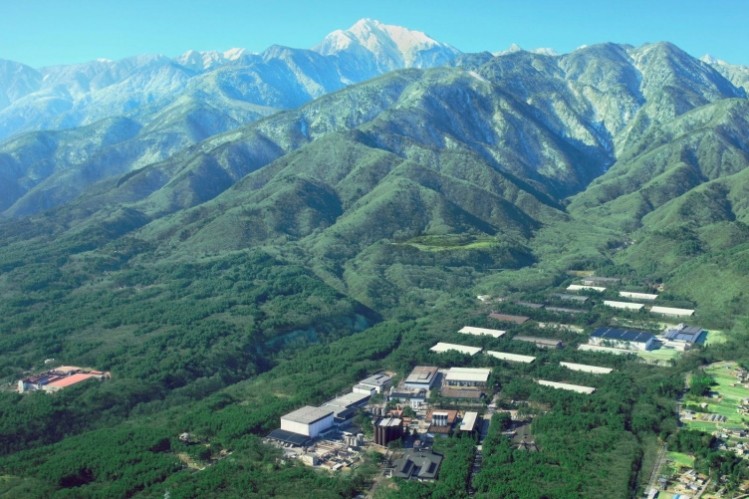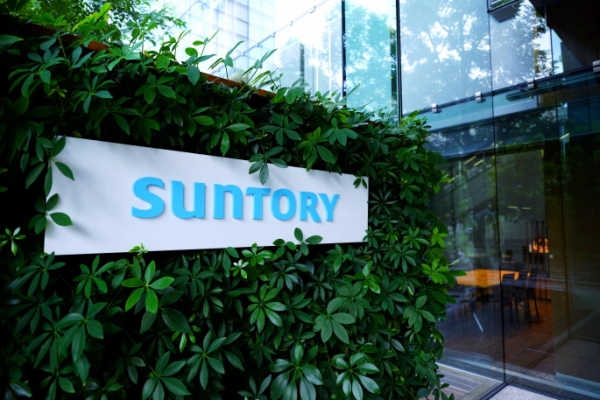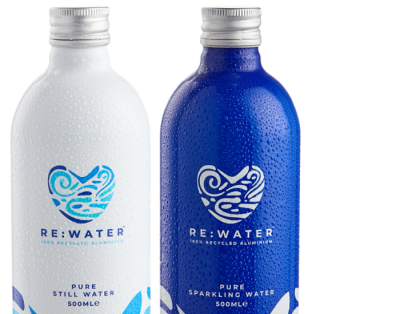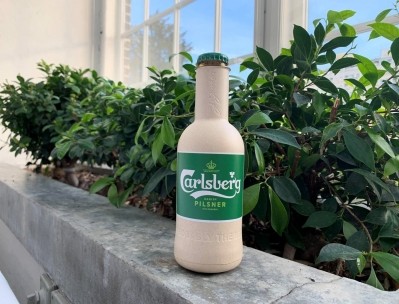Suntory to introduce internal carbon pricing as it ups 2030 emissions target

The Ribena to Jim Beam manufacturer has said that in order to achieve net zero across the value chain by 2050 it will aim to halve GHG emissions from its direct value chain by 2030. The group also intends to cut emissions across the entire value chain from scopes 1 through 3 – including those produced in its supply chain – by 30% in the period.
“Our new goals are necessary to align our trajectory towards achieving net zero by 2050,” Hiroshi Naito, Senior General Manager, Corporate Sustainability Division at Suntory Holdings, told FoodNavigator.
The company signed the UN-backed Business Ambition for 1.5°C in March in order to ensure its goals are ‘consistent’ with the science-based targets (SBTs) to achieve net zero by 2050.
“Addressing climate change is an important and urgent global issue. We have been considering updating our 2030 goals ever since we revised our ‘Environmental Vision towards 2050’ to net zero greenhouse gas emissions in June 2020,” Naito explained.
“The international community is accelerating efforts on reducing greenhouse gas emissions, particularly led by Europe and the US. We believe that setting a more aggressive target would meet expectations of society and strengthen awareness within our entire company about the need to decarbonize our activities.”
Accelerating climate action through internal carbon pricing
Suntory is focusing its efforts to go carbon-free on introducing renewable energies, considering the utilisation of ‘next generation’ infrastructure and working with stakeholders in its value chain.
The Japanese-headquartered drinks manufacturer revealed it also plans on ‘gradually introducing’ internal carbon pricing to its group companies.
Carbon pricing reflects the cost to society of carbon emissions in the form of climate change, air pollution and other externalities.
Internal carbon pricing (ICP) creates a theoretical cost per tonne of carbon emissions. When emissions sit on profit-and-loss statements, it helps to incentivise low carbon innovation and sharpen the focus on inefficiencies.
“The purpose of ICP is to advance the transition to a low-carbon economy by placing your own internal monetary value on greenhouse gas emissions to help inform investment decisions and understand budgetary implications,” Naito elaborated.
“Converting factors associated with climate change that could influence the business environment, such as the possible introduction of carbon tax, into monetary value and making those budgetary impacts visible would help raise awareness about the climate impact to our business. In addition, we would like to utilize ICP widely such as by factoring ICP into our investment decisions on capital expenditure in shifting to low-carbon alternatives.”
Suntory is currently discussing how to translate future climate-related impacts into a monetary value so they can be factored into business decisions. “We would like to start introducing ICP within 2021 and are considering gradually introducing ICP to our group companies,” we were told.
Scope 3: ‘One of the biggest challenges’
As Suntory accelerates decarbonisation efforts within its own operations, the group is also working to address scope 3 emissions produced in its supply chain. This, Naito revealed, is ‘one of the biggest challenges’ on its journey to net zero.
The company’s supply chain partners are ‘in many cases’ small and medium sized businesses how ‘lack the necessary resources to implement net zero changes’.
The answer, Suntory believes, is building closer relationships with its partners in the supply chain. “We have been collaborating with value chain stakeholders, especially with our raw ingredient and packaging suppliers, in gathering information on the status of their CO2 emissions and have started making attempts to share CO2 reduction plans,” Naito elaborated.
On packaging, Suntory has said it aims to use ‘fully sustainable plastic’ in all PET bottles globally by 2030. This means the company will use ‘zero virgin petrol-based materials’.
“In terms of packaging, Suntory is already working with our suppliers in reducing CO2 emissions. We are introducing more sustainable PET packaging for products and shifting away from virgin petroleum-based materials,” Naito said.
A global patchwork of recycling regulations, infrastructure and capabilities remain a massive barrier to the development of a circular model for plastics. In answer to this problem, Suntory is working on the development of new technologies, including a drive to innovate around recycling capabilities.
“We have developed and introduced Flake to Preform (F-to-P) Direct Recycling Technology – a bottle-to-bottle mechanical recycling system which increases process efficiency (compared to traditional mechanical recycling) and decreases CO2 emissions by up to 60% (compared to producing virgin petro-based PET preforms) by eliminating many of the middle steps taken in a traditional recycling process. This advanced technology came to life through our close collaboration with the suppliers.”









